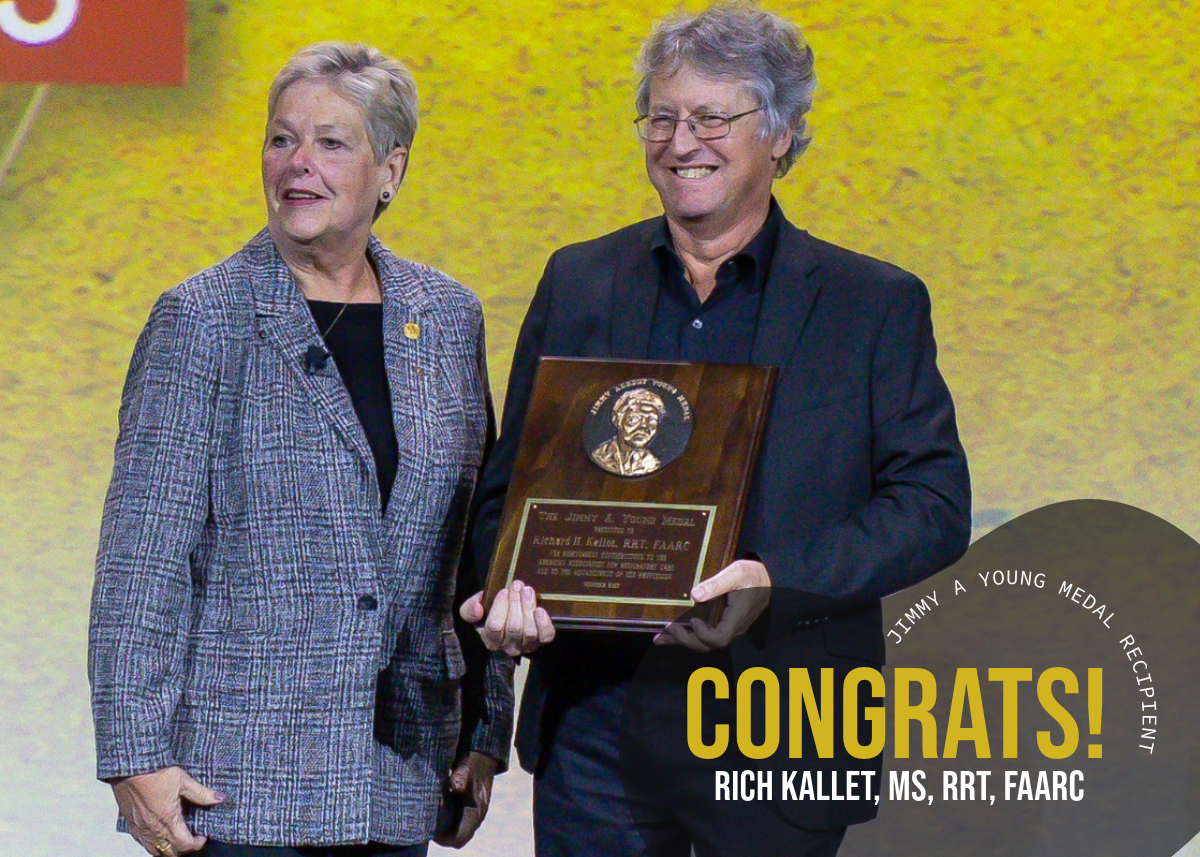
Cell phones have come a long way from some of their first appearances in the 1980’s. Bulky, expensive, and bad service. Cell phones weren’t really considered a necessity. However, as the year’s progressed so did the technology. In 2007 the first ever iPhone was released and since then it seems as if everyone owns a cell phone and few people still have landlines in their homes.
So, how has this impacted the workplace? Specifically, the world of respiratory care. Cell phones are known for carrying tons of bacteria and as a time drain. So how do we create good boundaries with our cell phones while simultaneously allowing them to help us at our jobs? We reached out to registered respiratory therapist and part time educator Karsten Roberts, RRT, and Supervisor of the Cleveland Clinic, Donna Tanner, RRT-ACCS, to help us with this question.
Positive and negative impacts of cell phones
“It’s culturally acceptable to always have your phone at your side,” Tanner said. “We now use them for clinical data (calculators, apps for compliance and lung mechanics, etc.), so cell phones have worked their way into the professional field over personal use.”
Cell phones have very much become a necessity in the work environment. With the ability to reach anyone or find critical information in the matter of a few seconds.
“We have started to see a trend away from pager use, although they are still used for codes and rapid response calls,” Roberts said. “With the increase in cell phone use clinically we have also seen the ability to use smartphone apps to communicate and chart. We can scan medications using EMR-cellphone interface and we can do chart reviews.”
What about the negatives? With there being plenty of helpful apps and other information on our phones, our personal lives are on them as well, which can be distracting.
“The perception of always being on your phone is still there,” Tanner said. “It looks bad to patients, families and other caregivers to have the RT texting all shift-even if it is for patient related things.”
A lot of times we know what we are viewing on our cell phone, but to other’s constantly being on our phones can come across rude or even produce a false façade that we don’t care. Roberts suggests that it is better to call to communicate to a co-worker than to text, because it comes across more professional to those around you.
Setting good boundaries
How do our RTs set good boundaries between their cell phones and their work?
“We ask that RTs display professionalism and courtesy and step away from the bedspace while using your cell phone.” Tanner said.
However, Tanner does say that cell phones have created a more efficient work environment for her personally. She uses her cell phone to communicate and coordinate with staff physicians, other RTs, and RNs.
“It is so much easier than fielding multiple phone calls or emails,” Tanner said.
It is important to create personal boundaries for yourself outside of boundaries created by your RT team.
“This is a personal challenge,” Roberts said. “One way that I have been able to set boundaries includes setting my personal phone aside during patient care rounds and critical care rounds with physicians. Limiting the use of personal devices in patient care areas. Some phones give you updates on your screen time. If I see my screen time start to creep up during the week, I try to be more aware of how much I am using it.”
How social media has influenced the RT community
Forms of social media have been around for decades. However, with widespread use of cell phones and more importantly smart phones, the use of social media has skyrocketed. Facebook, Twitter, LinkedIn, YouTube, Snapchat, Instagram, Reddit, and more. There are several platforms for RTs to get in touch with one another.
“I’ve watched social media turn into a great educational platform for mechanical ventilation, ECMO, and everything in between,” Tanner said. “Social media can be used to learn and collaborate, but on the other end it can be used for non-constructive activities, such as organization bashing, improper postings among colleagues, and near HIPPA violations. The social media posts of an individual speaks volumes of the RT.”
RTs should know that social media is an opportunity to make connections with those in the profession around the world. However, Tanner does say that using social media during work hours is unprofessional and should be saved for personal time and breaks.
“I have found a huge resource for networking on Twitter,” said Roberts. “I have learned a lot from articles that people post and have found great discussions on topics from pharmacologic agents to ventilator waveform interpretation. Although, caution should be used when you find ‘education’ because anyone can post misinformation. You should always do your own fact checking when it comes to social media posts.”
It is important to remember that RT managers and other professionals look at social media when hiring someone or looking at candidates for a promotion. Your social media presence can be the difference between getting that promotion you’ve been wanting or not.
“I am also cautious when it comes to the amount of negativity that is portrayed on social media,” Roberts said. “I tend to stay away from communities that are negative toward the profession without offering any realistic alternatives.”
Resources for you
- Manage your screen time on iPhone
- Manage your screen time on Android
- AARC on Facebook
- AARC on Twitter
- AARC on LinkedIn
Email newsroom@aarc.org with questions or comments, we’d love to hear from you.















